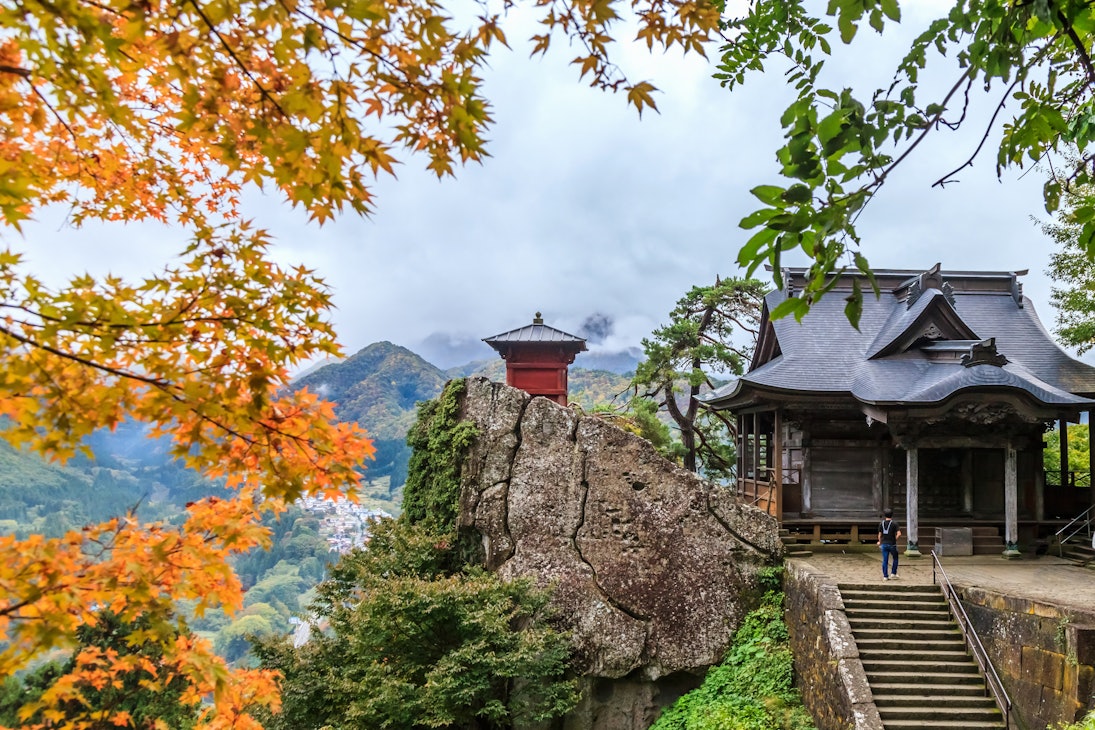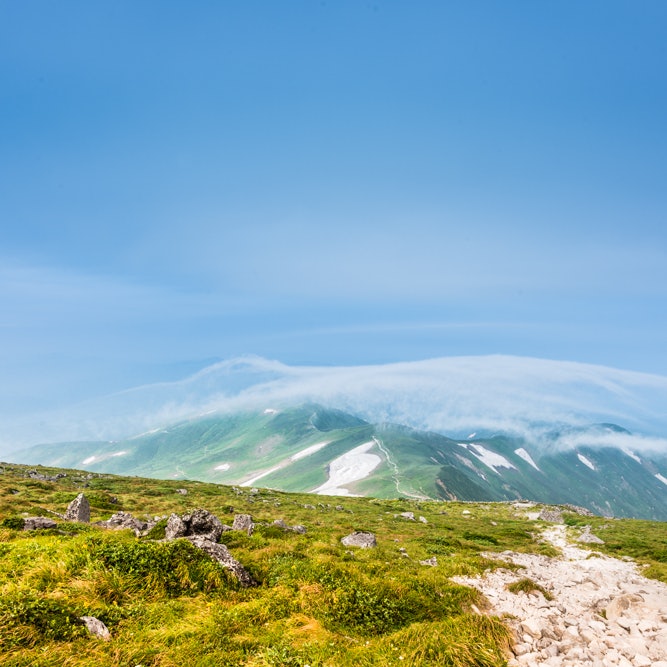
Overview
Stretching out above Tokyo is the fabled Tōhoku (東北; Northeast) – starring Miyagi, Yamagata, Iwate, Fukushima, Akita and Aomori Prefectures – where ice monsters and river imps inhabit the imagination (but hopefully not the onsen). Hugging the west coast is Niigata Prefecture, a skiing and hiking wonderland that also includes the rugged and remote island of Sado-ga-shima.
Meet your new travel partner
Stay connected in Northern Honshū (Tōhoku)
Unlimited data while you travel with Holafly eSIM. Use code LONELYPLANET for an exclusive discount.
Must-see attractions
Get a book. Get inspired. Get exploring.
in partnership with getyourguide














